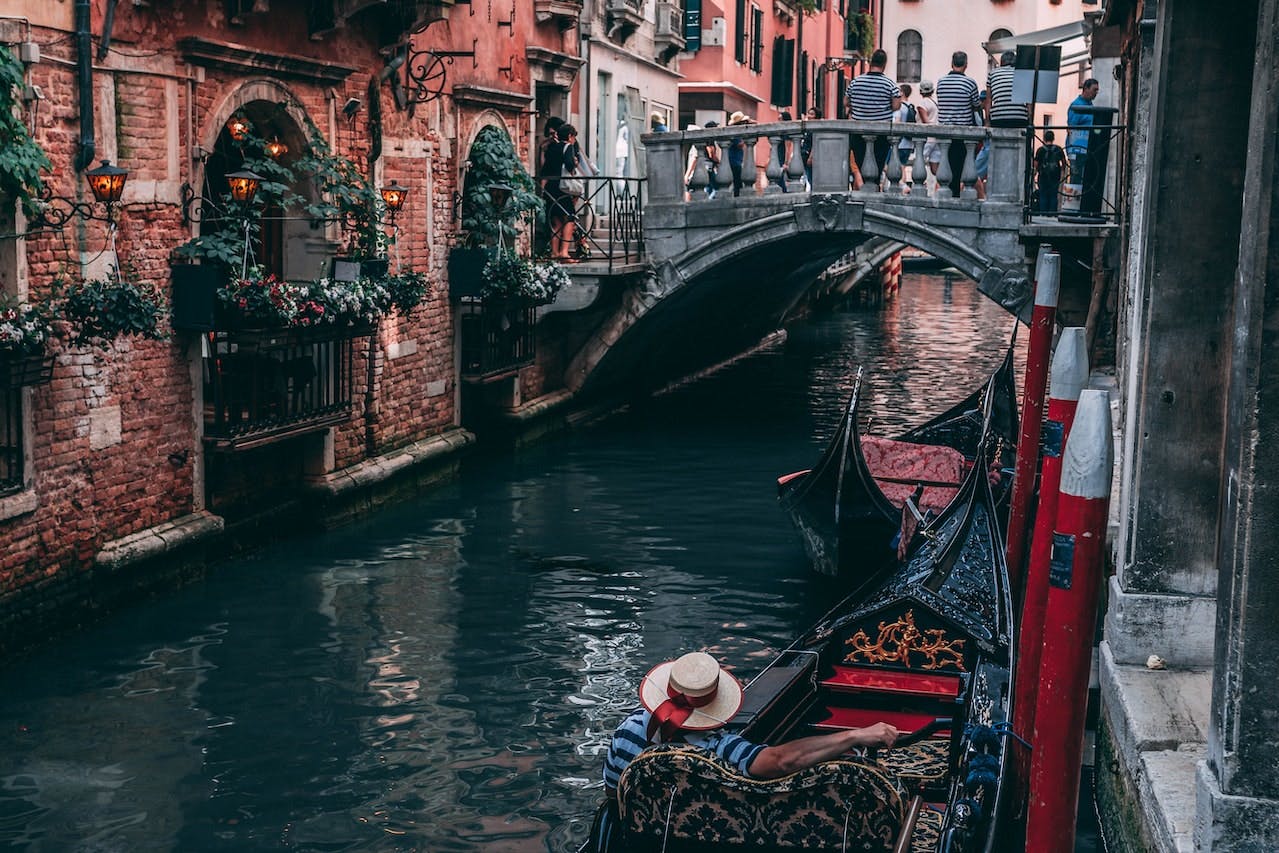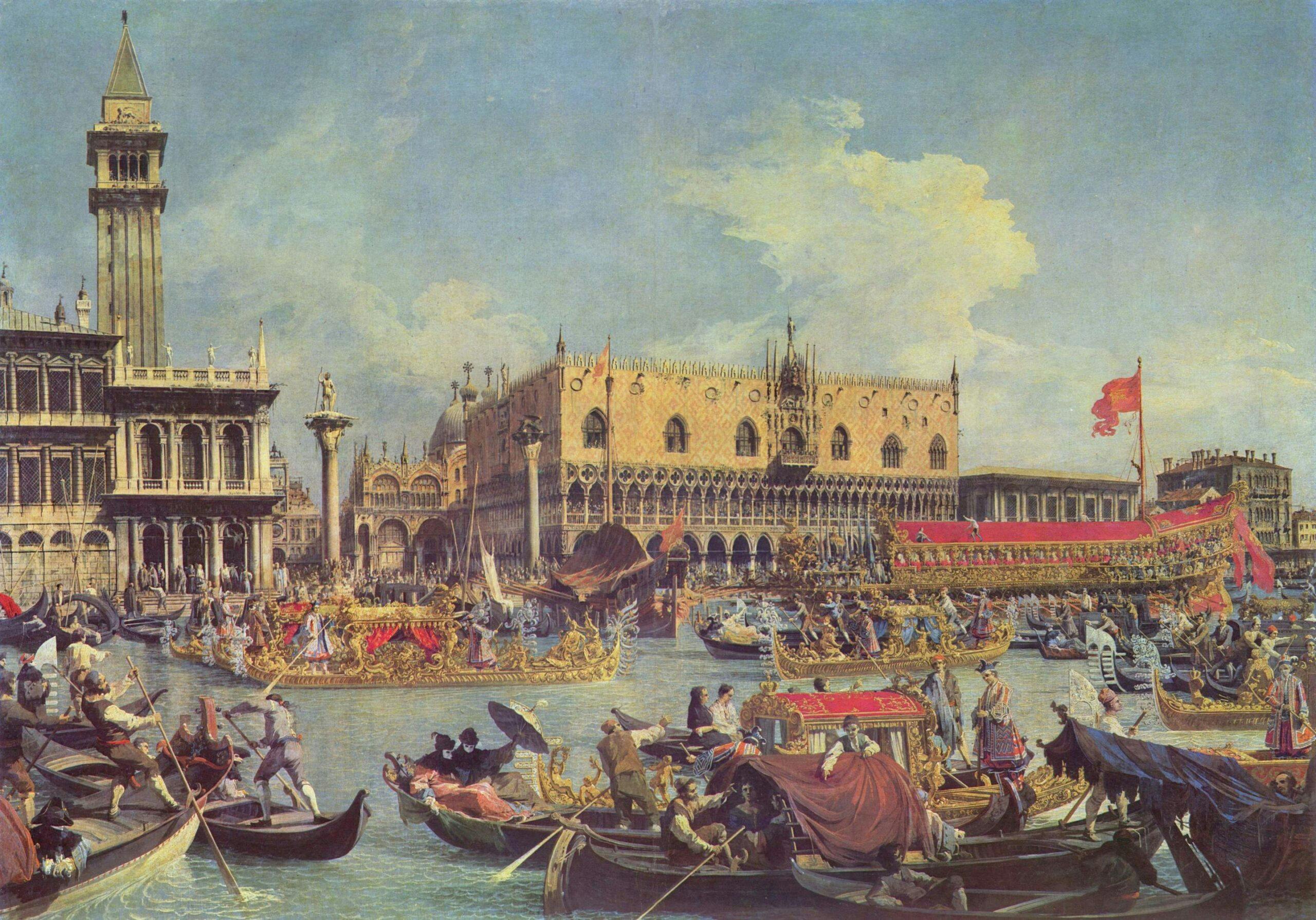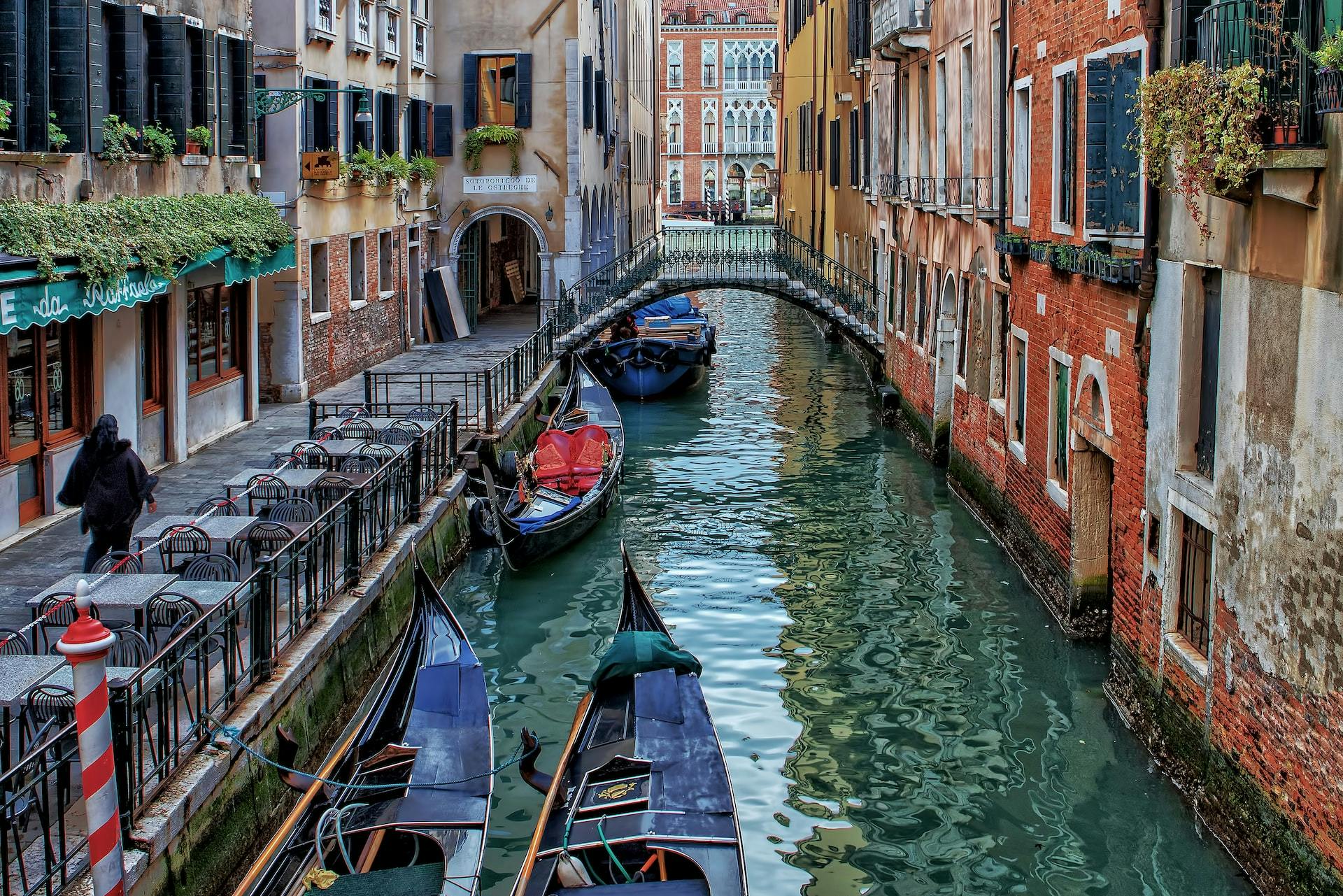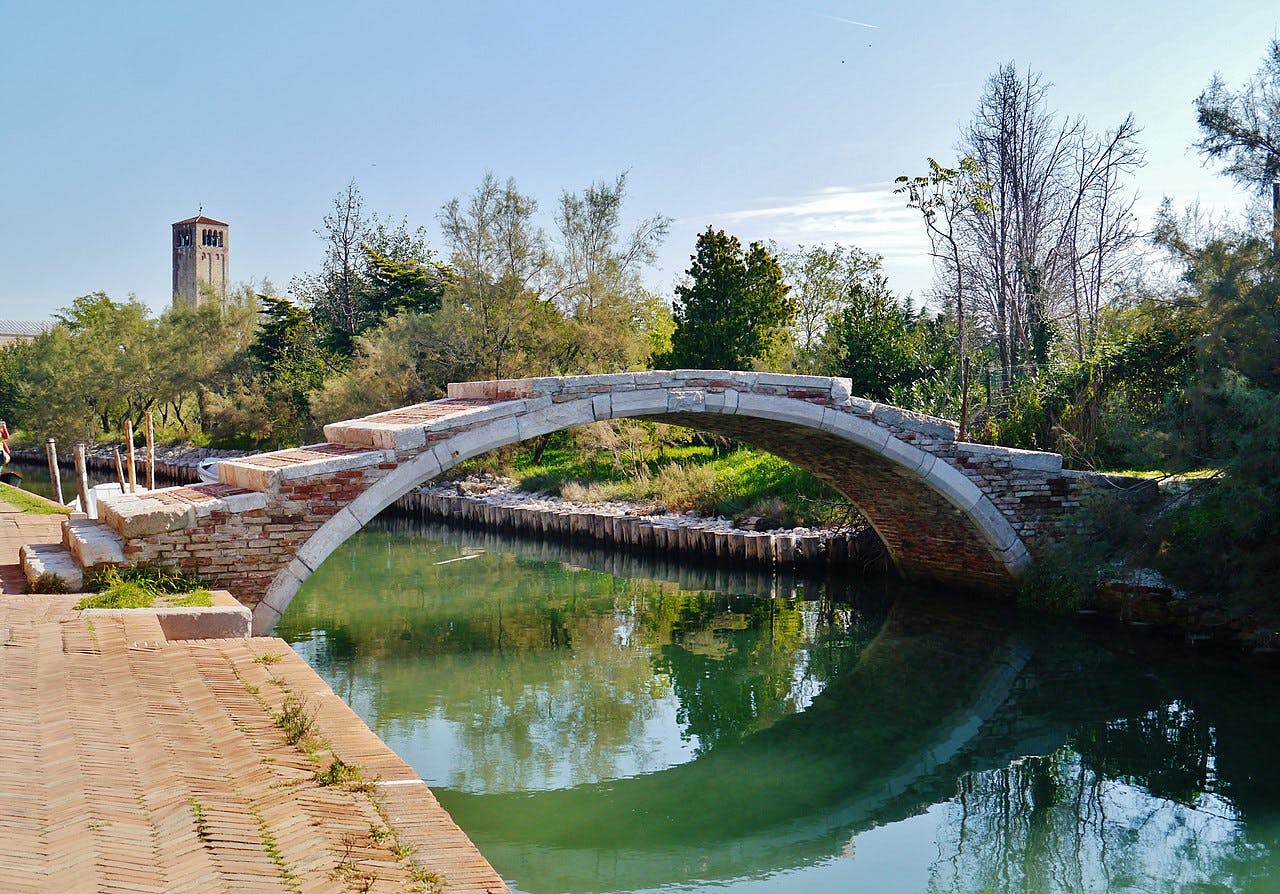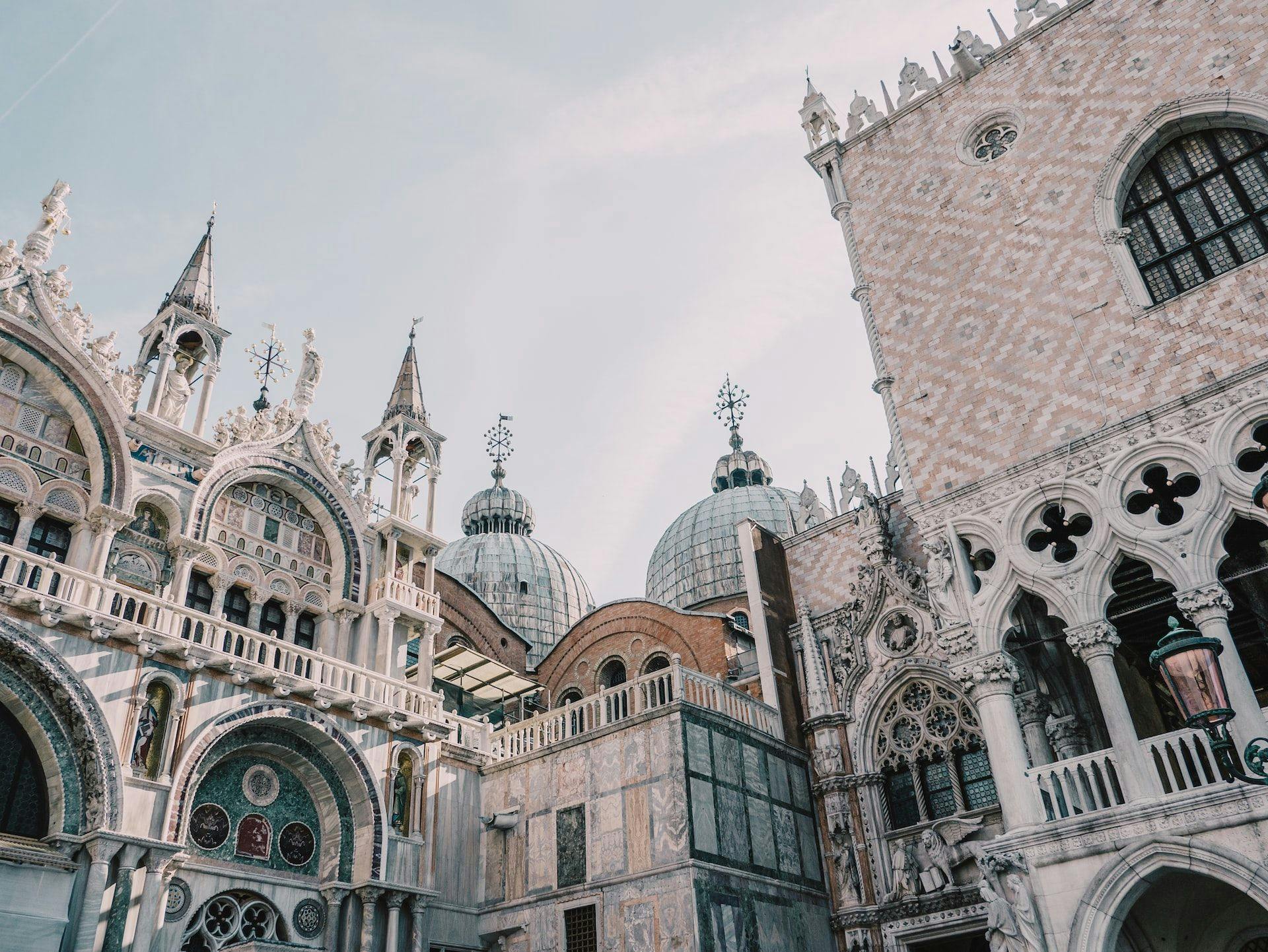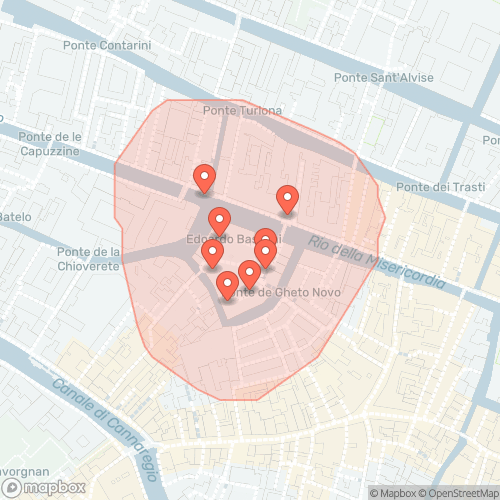- Italy
- Venice
Venetian Ghetto
By
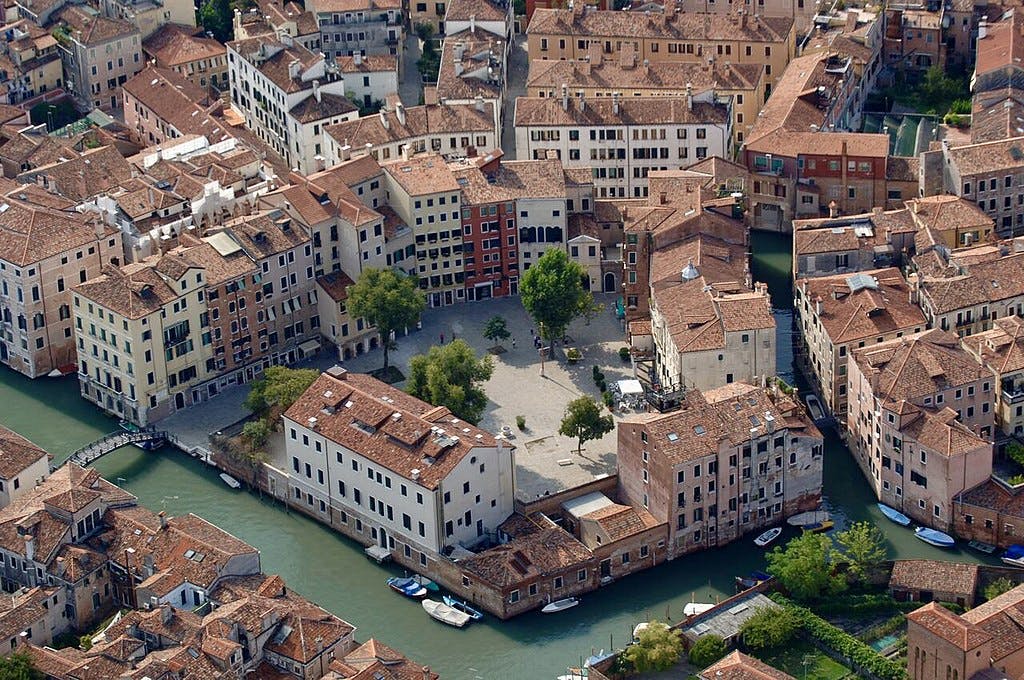
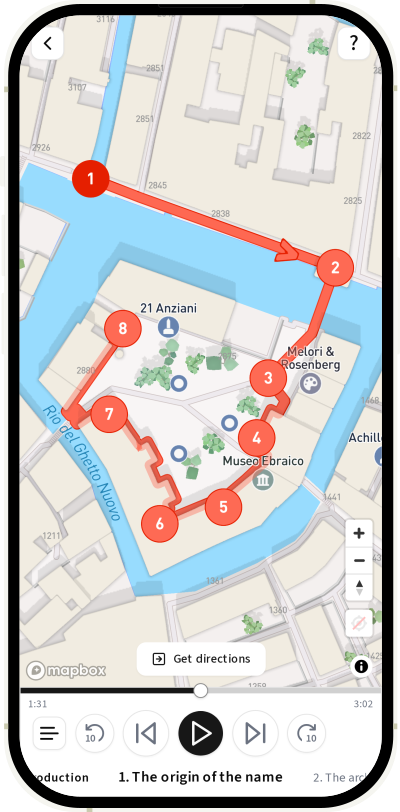
- Walking
- Easy
- 350 m
- 8
- 0:30
- Audio in English
Topic
Explore the rich tapestry of history in Venice as you step back in time to discover the birthplace of Europe’s oldest ghetto. Walk by the city’s first Jewish households, dating back to the early 1000s, and discover the unique background of such a solemn place. Learn about its rapid growth and economic success of the Jewish community in the 15th century, gaining official recognition in various professions, including money-lending. Uncover the intrigue and controversy surrounding this exponential growth, leading to their isolation in the “New Ghetto.” Face history and gain knowledge of this location through a short audio guided tour in the heart of Venice.
Tips
This itinerary pass by the following suggested museums/sites (tickets below are not included within this tour):
For all those wishing to explore more in detail the rich heritage of the Jewish Ghetto we suggest to enter the Jewish Ghetto Museum located along the tour itinerary (remember to check opening times in advance).
– Mind that the Jewish Synagogues are accessible only by purchasing the Museum’s ticket. Entrance is recommended to enjoy our itinerary to the fullest, but it is not mandatory!
Self-guided audio tour
What are we offering?
Delve into the past and discover your destination with a fresh set of eyes through this self-guided storytelling tour. Navigate from place to place using our map, get interesting tips and listen to our engaging narration while experiencing living heritage like few others ever will. No guide or app download is required, just bring your phone and an open mind!
Places visited
Entry to places with tickets is optional. You can resume your journey outside.
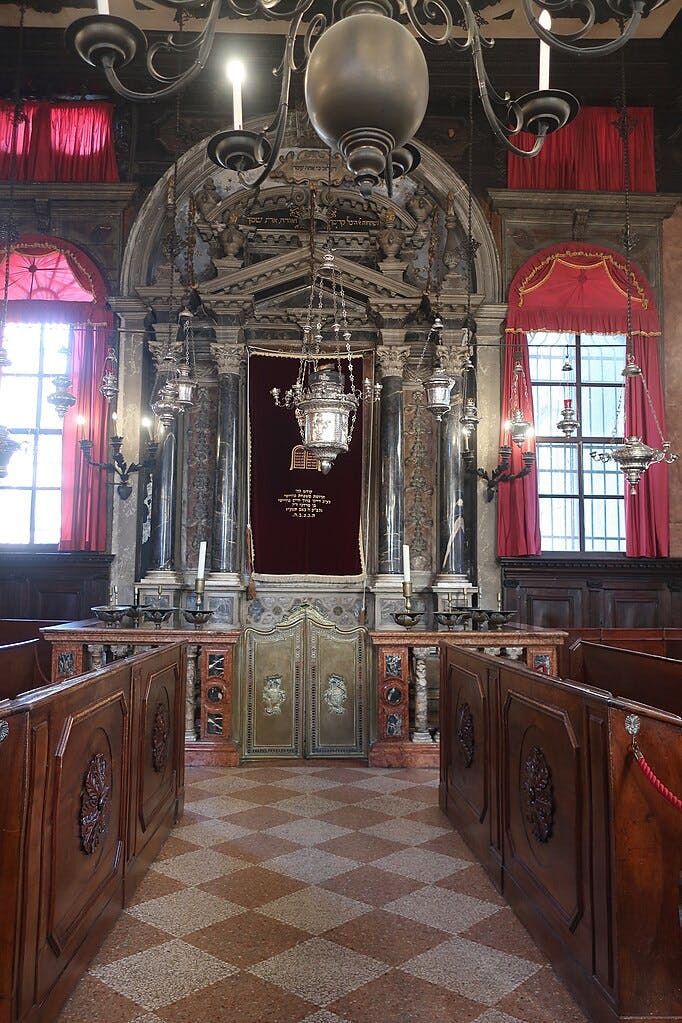
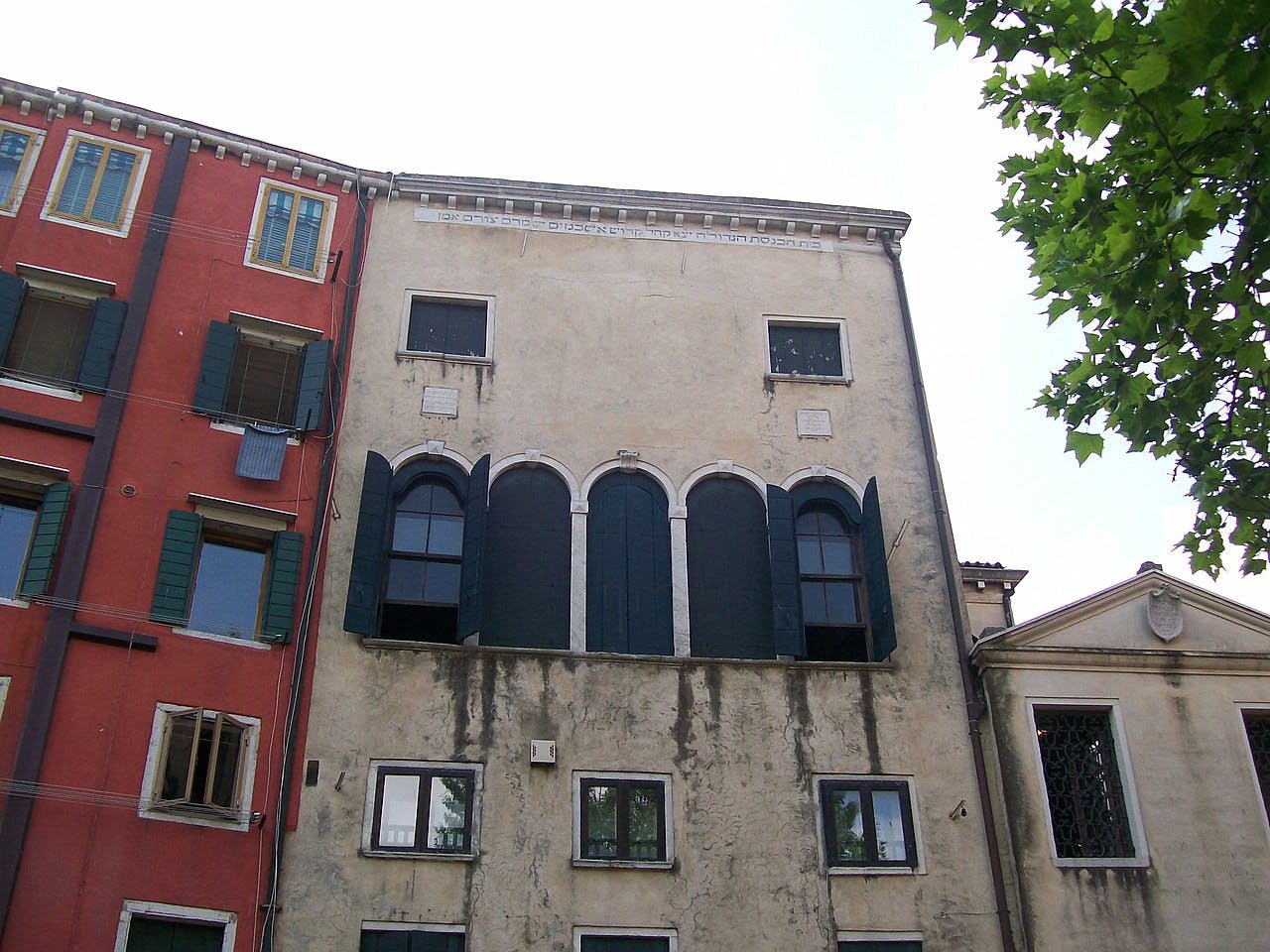
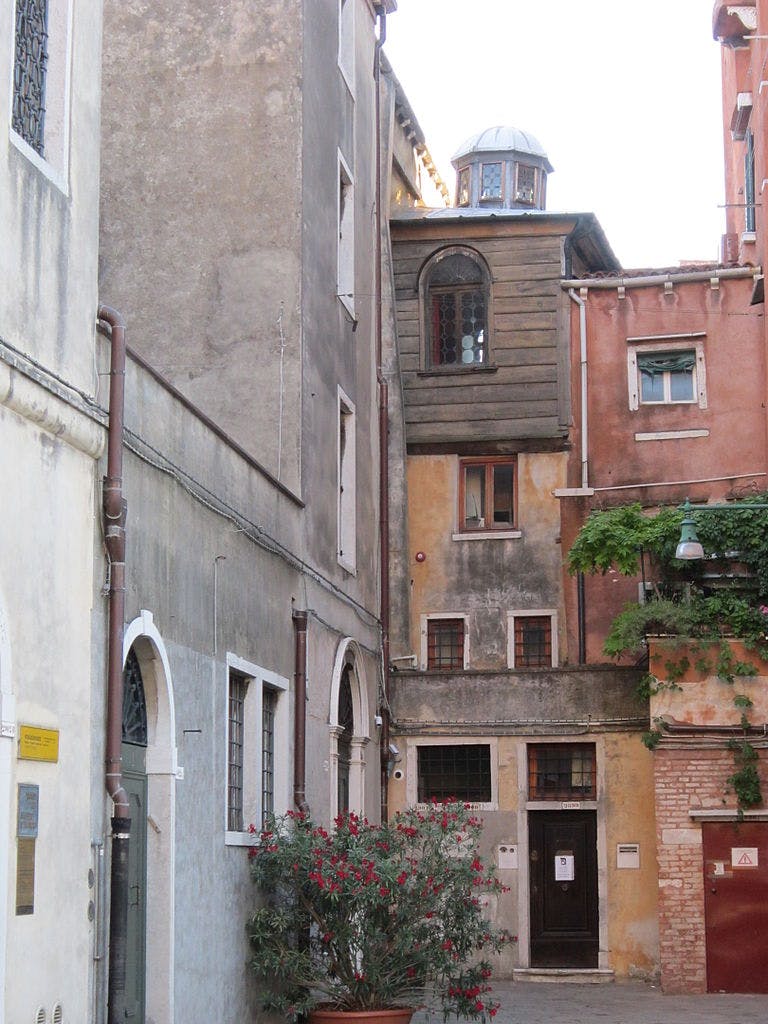
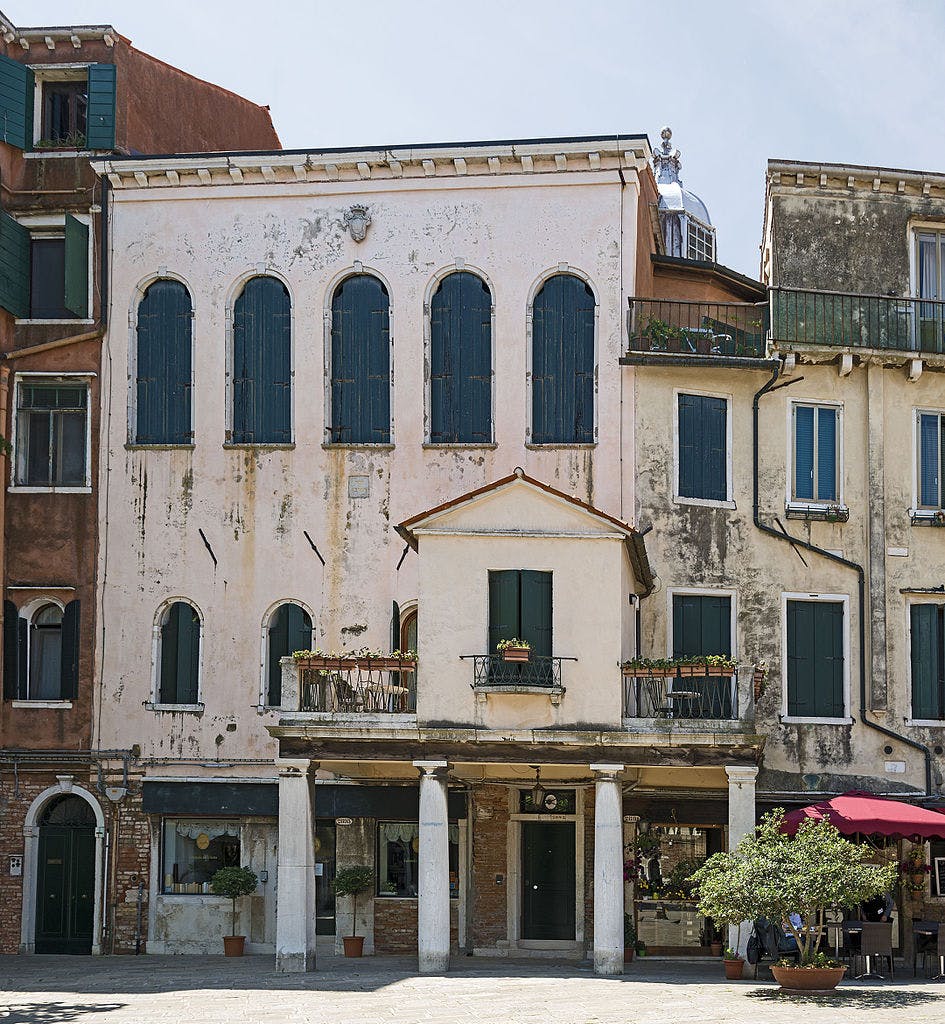
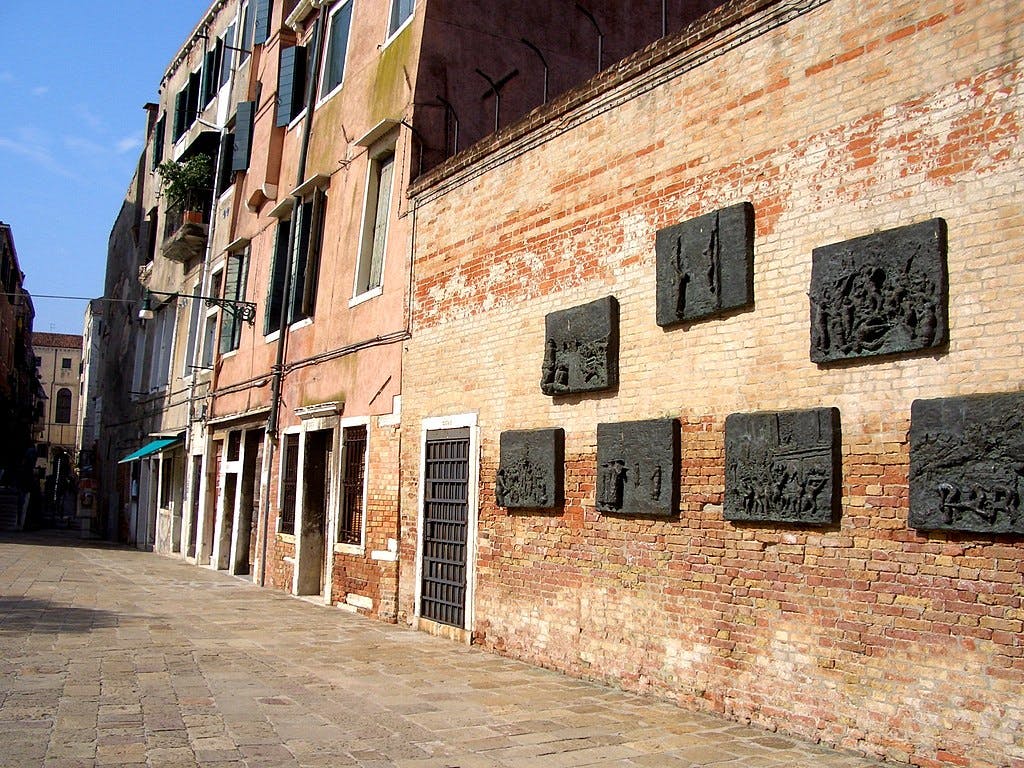

Preview: Chapter 1
Remember!
Don't forget the below before you begin.
You get
Personal passcode
Map and route
Audio
You do NOT get
Tour guide
Tickets
Headphones
Offline download
Come with
Smartphone
Internet access
Headphones
Suitable clothing
Your passcode
Your passcode is a short English word followed by numbers, like for example, "walk123".
We will send you your passcode by email after your payment is processed. You can also see it in the post-payment screen.
Your passcode is unique to you and can be used by one device. It lasts for 72 hours (3 days) from the moment you first use it.
Why choose Ptolemy
Be present through the past.
This audio guide has been prepared using help from locals and care for historical accuracy and depth. Learn more about our vision here.
